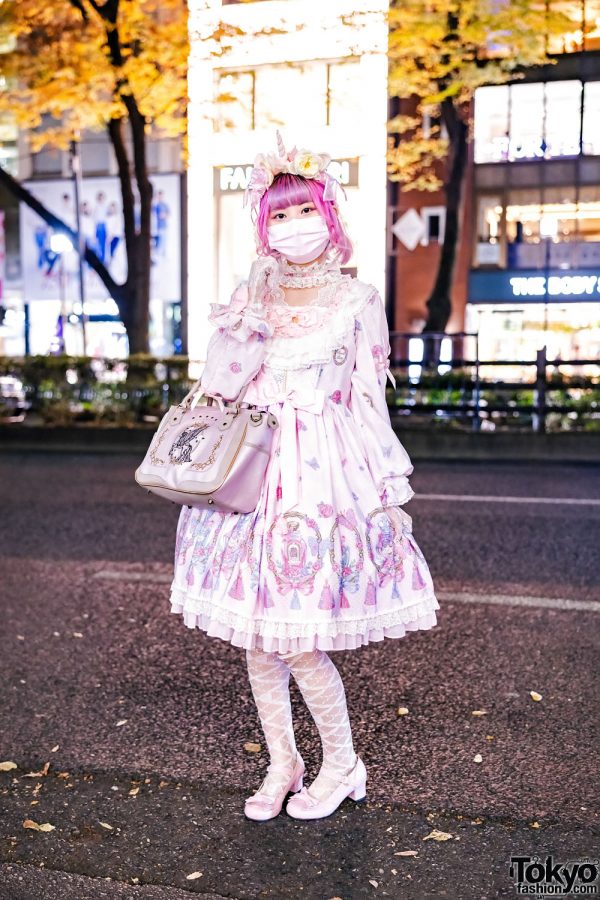Lolita fashion, a captivating subculture that originated in Japan, draws heavily from Victorian and Rococo styles, creating a unique aesthetic that enchants enthusiasts worldwide. This fashion emphasizes modesty and femininity through its intricate designs, characterized by knee-length skirts, puff sleeves, and a variety of decorative elements like lace and ribbons. Often associated with a doll-like appearance, Lolita fashion stands apart from other styles by its commitment to historical inspirations and elaborate details.

Women in Lolita fashion showcasing Victorian-inspired outfits.
Source: CNN
The roots of Lolita fashion can be traced back to the 1990s in Japan, with influences coming from Western Victorian clothing and goth cultures. According to Yokogao Magazine, this style blends various cultural elements to create an aesthetic that satisfies both comfort and high fashion. The elegance of Lolita attire often incorporates layers and voluminous silhouettes, which can make it both whimsical and grand.

Japanese street fashion depicting various styles, including Lolita.
Source: Savvy Tokyo
While there are various styles within the Lolita fashion umbrella, including Sweet Lolita, Classic Lolita, and Gothic Lolita, each style exhibits subtle yet distinctive characteristics. Sweet Lolita emphasizes pastel colors and cherubic motifs, while Gothic Lolita leans towards darker shades, often integrating heavy fabrics and dramatic silhouettes. Classic Lolita merges both worlds with more muted colors and elegance derived from original Victorian designs. As described in an article by Jadedisland, Gothic aesthetics serve as a luxurious yet modest alternative to conventional fashion.

A girl dressed in Lolita fashion with floral details in pastel hues.
Source: Yokogao Magazine
Notably, this fashion has evolved to include a variety of international influences. For instance, the infusion of Hanfu designs has given rise to styles such as Qi Lolita, which blends traditional Chinese elements with Japanese Lolita aesthetics. Articles from Hanfu Story highlight how this fusion reflects a broader cultural exchange, highlighting the evolving landscape of fashion in a globalizing world.

Punk Lolita dress with black and red accents.
Source: Korokai
Lolita fashion is not merely a style; it represents a community of enthusiasts who actively promote this subculture through events, meetups, and fashion shows. The annual Harajuku Street Fashion shows exemplify the vibrancy of this community, where individuals come together to express their identity and creativity through fashion. According to FUN! JAPAN, participants often showcase elaborate outfits that reflect their own interpretations of the Lolita aesthetic, fostering a sense of belonging and support.
Add to this the growing recognition of men in the Lolita fashion space, as highlighted by several articles discussing how male participants contribute to and expand the traditional female-centric narrative of Lolita fashion. This inclusivity is reshaping the landscape of the subculture, encouraging a broader acceptance of diverse expressions of identity within the Lolita paradigm.

Male model in a contemporary take on Lolita fashion in Harajuku.
Source: Tokyo Fashion
In conclusion, Lolita fashion encapsulates a rich tapestry of cultural influences, personal expression, and community spirit. Its appeal lies not only in its striking aesthetics but also in the sense of identity and empowerment it offers to its wearers. As the fashion evolves, it continues to captivate and inspire both new and seasoned enthusiasts across the globe, solidifying its place in contemporary fashion history.